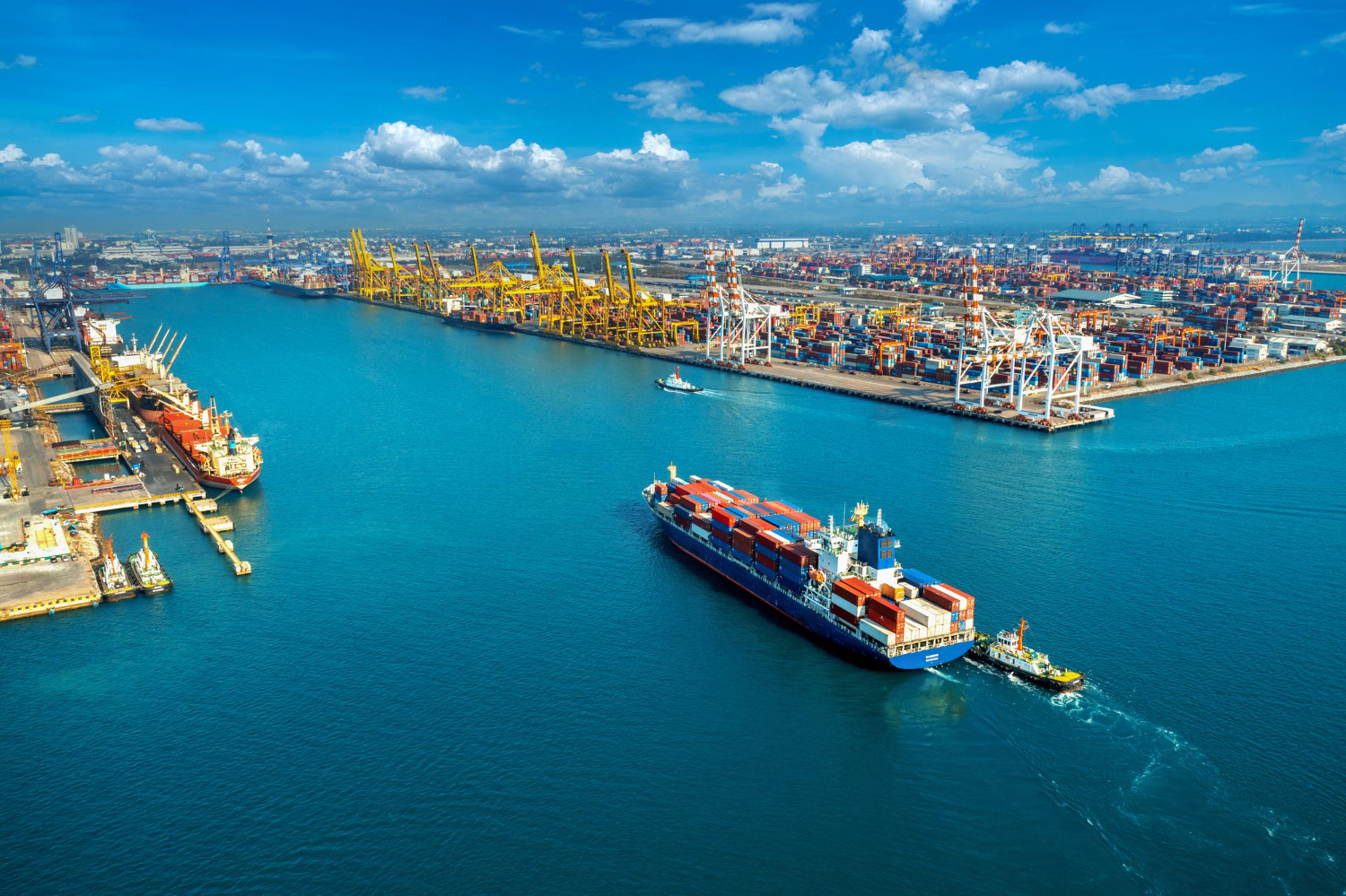Sea Freight Logistics
Containerization
The majority of sea freight is carried in standardized containers, which simplifies the loading and unloading process and ensures the safety of goods during transportation. Common container sizes include 20-foot and 40-foot containers.
Shipping Routes
Sea freight involves specific shipping routes between ports, connecting different regions and countries. Major international trade routes include those connecting Asia and Europe, North America and Asia, and various other routes based on global trade patterns.
Freight Charges
The cost of sea freight depends on various factors, including the weight and volume of the cargo, the shipping distance, the type of goods, and the chosen shipping service (FCL or LCL). Additional charges may include customs duties, taxes, and port fees.
Transit Times
Sea freight generally has longer transit times compared to air freight. The exact duration depends on the distance between the origin and destination ports, the shipping route, and any potential delays such as bad weather or port congestion.
Environmental Impact
While sea freight is a cost-effective and efficient mode of transportation, it has environmental considerations due to emissions from ships. Efforts are being made to develop more sustainable practices in the maritime industry.
